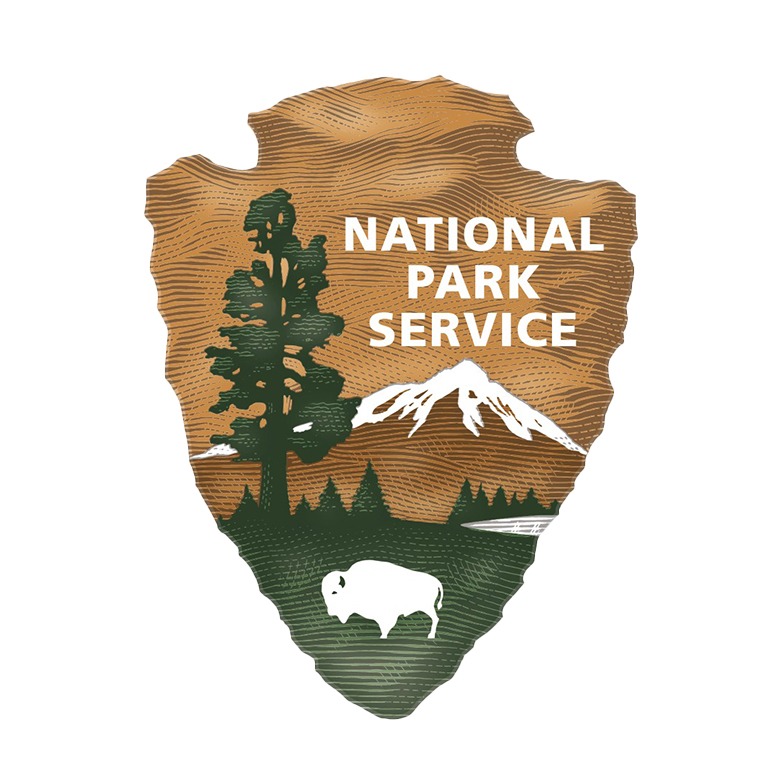Project overview: Spread key safety messages and avoid preventable accidents through outreach activities, including trailside signs and volunteer-run information stations.
How your support helps: Many of the accidents, injuries, and other incidents that require emergency responses in Yosemite each year are preventable. As a result, the park’s Preventive Search and Rescue (PSAR) initiative launched in 2007 to reduce the number of avoidable incidents through three primary methods: education, landscape design that discourages risky behaviors, and temporary and long-term trail closures.
The PSAR program works to achieve its goals through four avenues: enforcement, engineering, education and outreach, and research.
- Enforcement: Rangers enforce seasonal and permanent closures, such as prohibiting rafting in the Merced River when flow rates are too high or permanently closing Emerald Pool to swimming.
- Engineering: Park managers implement engineering solutions to prevent risky behavior, including extending a railing or building a rock wall, that passively keep hikers from entering areas of repeated search and rescue incidents.
- Education and outreach: In the summer season, PSAR volunteers staff two contact stations daily along the Mist Trail. PSAR seasonal general rangers, interns, and volunteers are also stationed at Little Yosemite Valley and the Half Dome permit checkpoint. Efforts to impart PSAR messaging to visitors is also attempted prior to their arrival via website and social media content.
- Research: Additional research is needed to understand fatality and non-fatality incidents in Yosemite. The PSAR team will review records dating back to 2011 from Emergency Medical Services and the Yosemite Clinic to increase our understanding of visitor injuries.
Whether faced with a public health crisis, exceptionally high water, or a heat wave, the PSAR team’s goal is steadfast: to provide people with information they need to stay safe, make sound decisions, and enjoy their experience in the park.
This year: In 2025, this project will support the PSAR team’s enforcement, education and outreach, engineering, and research efforts during Yosemite’s busiest summer months. Conservancy volunteers will manage information stations along the popular Mist Trail, catching people before they head to slippery steps. Farther east, seasonal rangers, interns, and volunteers in Little Yosemite Valley will talk to hikers making their way to Half Dome. With your help, the PSAR team will continue their data-driven, evidence-based approach to identify and implement procedures and management strategies to reduce the number of search and rescue incidents.
Project partner: Yosemite National Park

